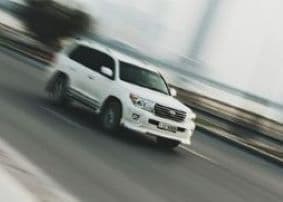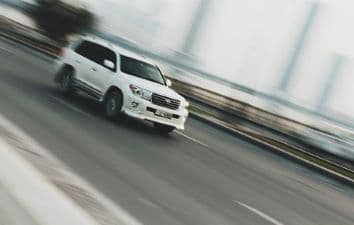4 Things To Do After Obtaining A Limited Driving Privilege


The period after obtaining a limited driving privilege can be difficult and confusing because it’s new, unfamiliar territory brought on by punishment for a crime.
Here’s a guide on what to do after the process. But first, what exactly is a limited driving privilege?
Limited Driving Privilege
When you’re convicted of a driving-related offense a court of competent jurisdiction or the Department of Motor Vehicles (DMV) suspends your license. This suspension may last anytime from six months to several years, depending on the severity of your offense. When this happens you may be eligible for a limited driving privilege or a hardship license.
This is a license given to people who have to meet important obligations like needing to drive to maintain employment or to obtain emergency medical care.
It’s called a restrictive license for a reason, so it comes with numerous conditions. As an accurate guide to a hardship license explained, depending on your state, you can be limited to certain routes when driving to and from certain permitted places or given specific times only during which you’re able to drive. For example, a hardship license might limit you to driving only during daylight hours.
Successfully getting a limited driving privilege is often a relief, but unfortunately does not the end of what should be done.
Here are 4 things to do after obtaining a restrictive license.
1. Obey The License
The restrictions on your license are generally predetermined and are often subject to what class of offense you committed and the subsequent punishment. The need to obey the restrictions on your license is very serious.
This is because it is a criminal offense to violate the terms of your restrictive license. If you drive for an unimportant purpose like going to a party you are subject to immediate arrest and the possible impoundment of your vehicle.
You’ll be sent to court whereupon conviction punishment includes penalties that entail fines, probation, or worse still incarceration. Your hardship license will be revoked.
You must find out the dos and don’ts attached to your license according to your state. But generally, here’s where you can go.
- Driving to and from a place of work, for work, or other work-related drives
- Driving to and from a recognized educational institution for yourself or an enrolled dependent
- Driving to and from any court-ordered program
- Driving to and from a scheduled medical or mental health treatment appointment, a pharmacy for obtaining prescriptions, or in the event of a medical emergency
2. Take a Defensive Driving Class
Statistically speaking, the reason why you were put in a position where you committed a driving-related offense that resulted in a suspended license in the first place is that you were practicing what is known as aggressive driving.
Aggressive driving is driving in a manner that involves a combination of moving traffic offenses that endanger other persons or property. The opposite of this is defensive driving. Defensive driving is driving with skills that optimize saving lives, time, and money, despite the conditions around you and the actions of other drivers.
Defensive driving is the only way to make sure once your suspension ends and you get your license back this sort of thing doesn’t happen again.
3. Start the Process to Reinstate Your License

Your license is not automatically mailed back to you once your suspension period is over.
Unfortunately, the burden is on you to get your license back, a thing that requires several steps.
The complicated and tedious procedure for getting back your license is deliberate. The reason is that the suspension is a punishment and getting it reinstated is all part of the experience to teach you a lesson as a deterrent for future misconduct.
The process for the reinstatement of your license varies from state to state. Typically, the process involves filling out forms and paying some sort of fee.
4. Hire An Attorney
A driving-related conviction and subsequent suspension come with a lot of legal hassle. This is why you require the services of an experienced attorney familiar with handling license suspension cases.
A qualified license suspension attorney can handle any additional tickets or legal matters that occur in conjunction with the suspension. Sometimes the process for reinstatement of the license can get so complicated that you’ll need a lawyer. For example, in some cases, suspensions are for an indefinite period.
An indefinitely suspended license means that you don’t know exactly when the suspension will end as there’s no stated period. Often this means that your license will be suspended until the state department or court system approves your license to be reinstated after you have proved to them that there is no longer any valid reason for the suspension. A skilled lawyer with experience reinstating suspended licenses representing you will significantly increase your chances.
Obeying your license, hiring a lawyer, getting your license reinstated, and taking a defensive driving course; there are several things to do between getting a hardship license and getting your real license back.
